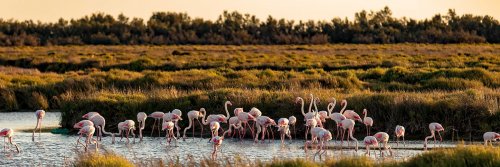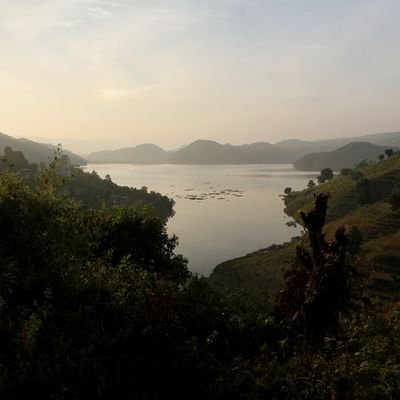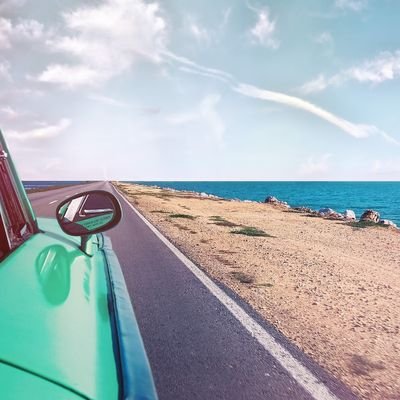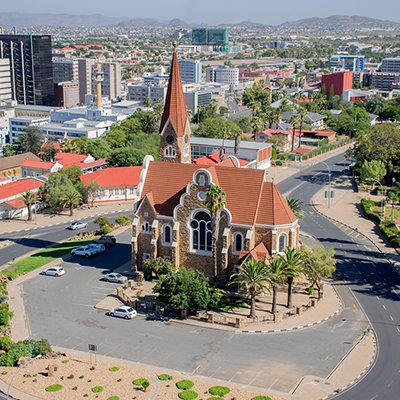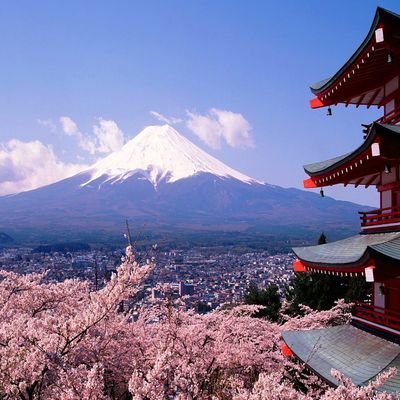The romantic area of Camargue is achingly beautiful, though relatively barren and located in a UNESCO biosphere reserve. Home to pink flamingos, white horses, and black bulls, it sits in the south of France on Europe's largest river delta.
A region where gypsies roamed in the footsteps of ancient Romans, literary and artist greats found nature's surreal light far different to that of anywhere else in France, and incredible frontiersmen riding majestic white horses round up kingly black bulls. Known the world over, the white horses of this region were believed to have been introduced about 1,000 years ago by Arabs. Born black or brown, they turn white as they mature. A small horse considered intelligent and hardy, their long legs end in tough hooves suitable for the marshy and wetland environment in which they can be found in small herds, or domesticated in farming paddocks. While, the black bulls— Raço di Biòu—are a native breed peculiar to Camargue's marshy land and raised for many centuries in the wetlands in semi-feral conditions or at farms for the purpose of bloodless bullfighting and for their beef. Their large curved horns give pause when approaching. Over 400 bird species flock in the sky (herons, egrets, sterns, shelduck, bee-eaters, oyster-catchers, hoopoes, avocets and over 50,000 flamingos).
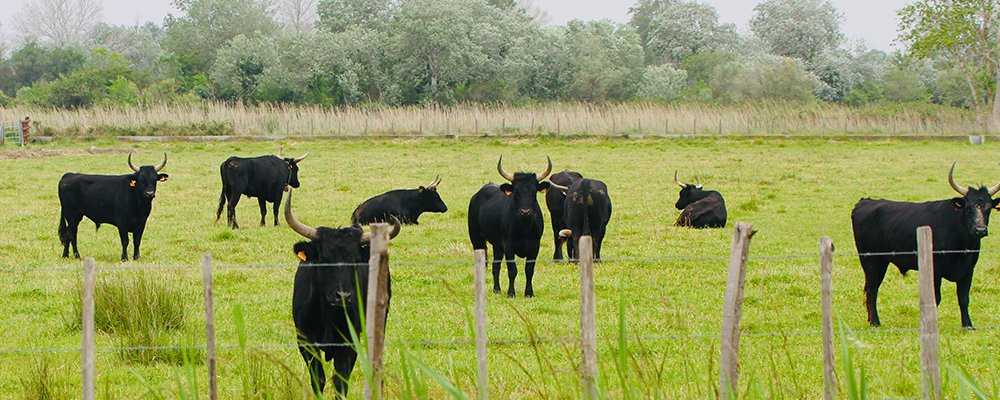
Meandering from the Swiss Alps through Camargue is the River Rhône—the second longest river in France— heading to the Mediterranean Sea. About one-third of Camargue is lakes or marshland. Millions of years ago the region was covered by the sea. When the water receded, marshland and salt-rich soil remained, leaving salt-water lagoons and creating the perfect environment for pink flamingos to nest (the algae in the salty water make their pink feather color). And farmers began filtrating salt from the water—the salt snobs will know Le Saunier de Camargue Fleur de Sel. The northern part of Camargue is an agricultural wonderland for fruit orchards and wheat.
With a wondrous 80km sandy stretch along the Mediterranean coast, Camargue has many long and wide beaches sometimes hidden behind massive undulating sand dunes with no buildings in sight.
Arles
A town that captivates the imagination and is recognized by the French Ministry of Culture for its historical and artistic significance, Arles is a UNESCO-listed town that you can explore after sipping the first morning's café au lait and dropping buttery crumbs from a mouthwatering croissant into your lap. Founded by Greek-Phoenicians, this ancient city has numerous architectural wonders to gawk at, including the remains of a Roman amphitheater, 'les Arènes d'Arles,' where concerts, plays, and bullfights can be seen.
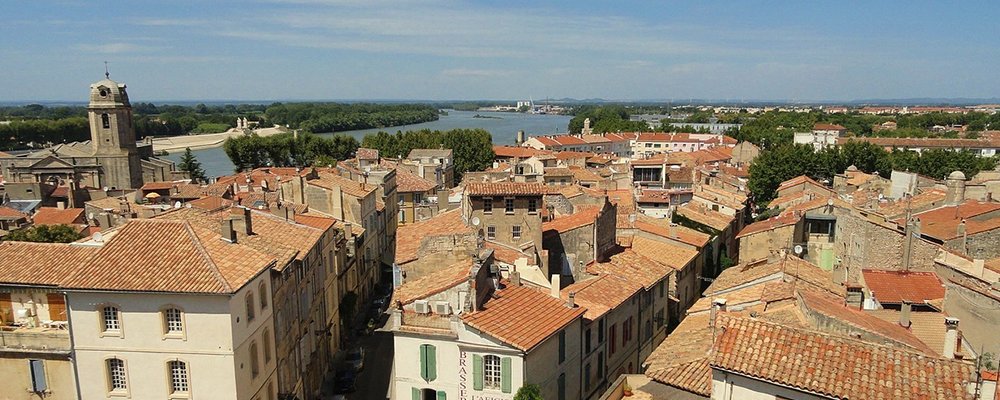
Vincent Van Gogh called Arles home for 18 months, chasing the sublime light in southern France. It was his most prolific period, producing over 200 drawings and paintings. In 1888, Van Gogh cut off his ear in a weird act of self-mutilation in Arles. He arrived with his friend, Paul Gaugin, and the pair became known as the town's drunkards—Van Gogh had the added title of a prolific womanizer.
Many master artists have lived and painted in Arles, including Jacques Réattu and Pablo Picasso, who had a passion for bullfighting. Arles has no Van Gogh paintings, but before Picasso died in 1973 he donated 57 paintings to The Reattu Museum in Aries. There's a long list of who's who in the art world that wallowed or were born in Arles: Spanish-Flamenco musicians, the Gypsy Kings, formed in Saintes-Maries-de-la-Mer as most were born in the area; British novelist and poet Lawrence Durrell frequented the city; Christian Lacrois the famous French fashion designer was born in Arles; and the much-lauded French poet Frédéric Mistral was also born and raised in Arles. There must be something in the air for such creative geniuses.
Squatting on the Rhône River, Arles is the gateway to the Camargue region, where the Alpiles Mountains rear in the north and the Plateau de la Crau to the east.

Saint Marie de la Mer
The capital in the heart of Camargue, Saint Marie de la Mer, sits by the Mediterranean Sea—the locals refer to the town simply as 'Les Saintes.' Legend has it that on the beach here, Sainte Marie-Jacobé and Sainte Marie-Salomé landed, giving the city its name. Relics of the saints were found together with their servant's, Black Sara, who became idolized by the Gypsy community as their patron saint. A pilgrimage site for gypsies, Black Sara became the gypsies' protector 'Sara-la-Kali'—meaning both black and gypsy. In May, annual festivities take place in her honor.
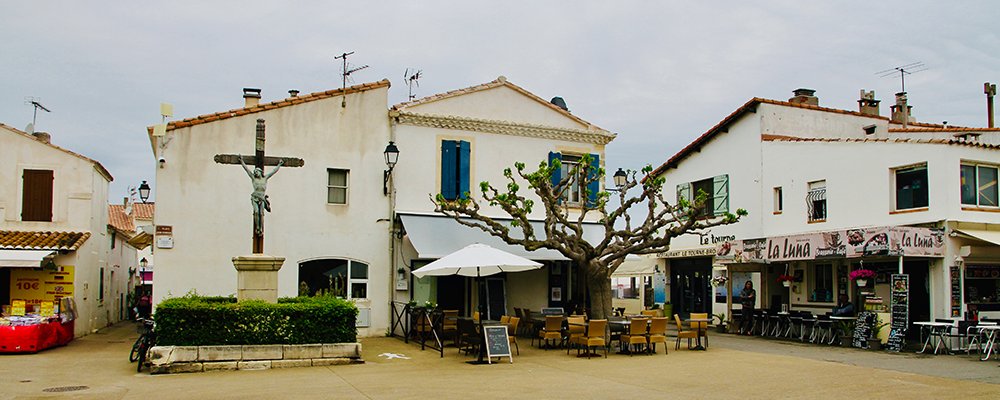
The church's rooftop gives you a taste of the past in breathtaking views over the town, littered with narrow cobblestoned streets. From Les Saintes, it's easy to check out the local marshes or visit one of the many horse farms in the area. Ornithologists (bird watchers) will be wetting their pants in excitement as there are plenty of fluttering birds to peer at through binoculars. A seaside retreat that explodes with tourists during the summer months, even in winter, it's worth taking the time to meander long sandy beaches with seagulls crying in the salty air. There are four main beaches complete with stone dykes to protect the sand from erosion for sun-loving bunnies.
Despite its popularity, Saint Marie de la Mer has retained its magical, quaint charm and traditions.
Gail Palethorpe, a self proclaimed Australian gypsy, is a freelance writer, photographer and eternal traveller. Check out her website Gail Palethorpe Photography and her Shutterstock profile.

